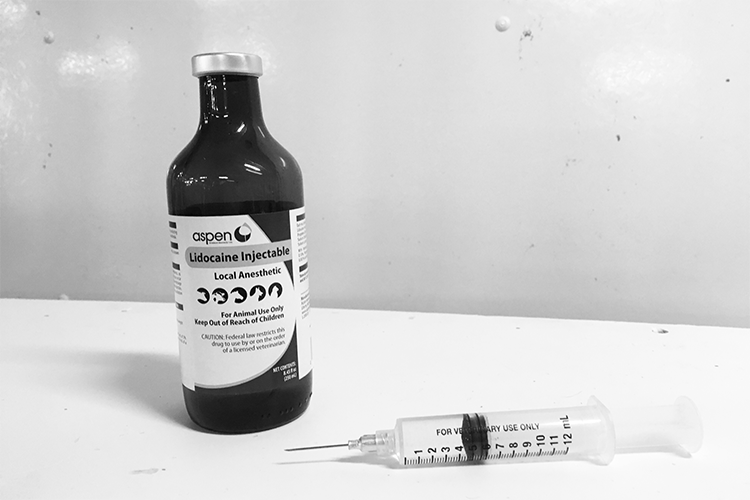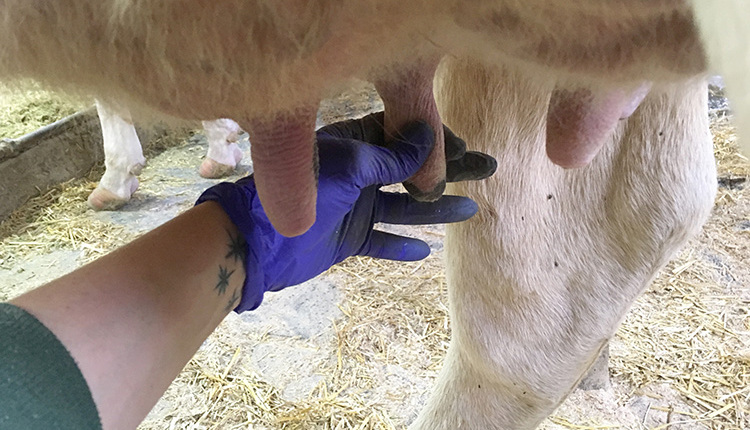
It was supposed to be a routine disbudding for a group of calves, but for one small Jersey, something went wrong.
On our farm, disbudding is done only after the horn bud has been numbed with lidocaine. We also administer flunixin meglumine, as a systemic analgesic, to help control pain after the lidocaine wears off. Flunixin meglumine is not labeled for use as an analgesic in dairy cattle, but we know that it controls pain. Please consult your veterinarian for approval of off-label use before using flunixin as an analgesic on your farm.
With this two-pronged pain control approach, we observe very few, if any, signs of discomfort from calves both during and after disbudding.
When I disbudded the last group of calves, I thought the process went just as well as every other time I’ve disbudded calves. After I finished putting my equipment and supplies away, I was bedding the group’s pen with fresh straw when I noticed one of the calves acting strange.
The only Jersey in the group was stumbling around the pen. Every time she laid down, I could see that she was breathing rapidly. Then she’d get up and stumble around some more.
My first thought was that she was having an allergic reaction, either to the lidocaine or the flunixin.
Then I recalled that she was the second calf I had disbudded, so it had been nearly an hour since I had given her the lidocaine and flunixin. I always thought that allergic reactions following injections occurred much sooner.
Maybe allergic reactions do take that long to develop, I reasoned. I was about to get a dose of epinephrine when I decided to ask for a second opinion. I called Glen. He came to look and agreed that something was clearly wrong with this Jersey calf.
He called our veterinarian, who offered an explanation we hadn’t considered. Our vet suspected that when I administered the lidocaine, I nicked a blood vessel with the needle, which allowed a small amount of lidocaine to travel into the calf’s brain.
Essentially, I had drugged the calf. The possibility of this happening was not mentioned when I was trained to administer the lidocaine. So while the diagnosis made sense, I was still a little surprised.
Our vet recommended a small dose of a steroid to help counteract the effects of the lidocaine. Other than that, she just needed time for the lidocaine to wear off.
We watched her flop around the pen for a while longer. Then she propped herself up against a gate, tucked her nose into her flank, and slept it off. When she woke up, she went right back to the feed trough as if nothing had happened.
I can laugh now about the Jersey calf on drugs, but at the time I was fairly panicked.
I’m glad that we had both epinephrine and steroids on hand, even though we didn’t need the epinephrine. I’m also glad that we had a veterinarian available for an immediate consult. When routine procedures have unexpected results, it helps to be prepared.

The author is a dairy farmer and writer from central Minnesota. She farms with her husband, Glen, and their three children. Sadie grew up on a dairy farm in northern Minnesota and graduated from the University of Minnesota with a degree in agricultural communications and marketing. She also blogs at Dairy Good Life.








